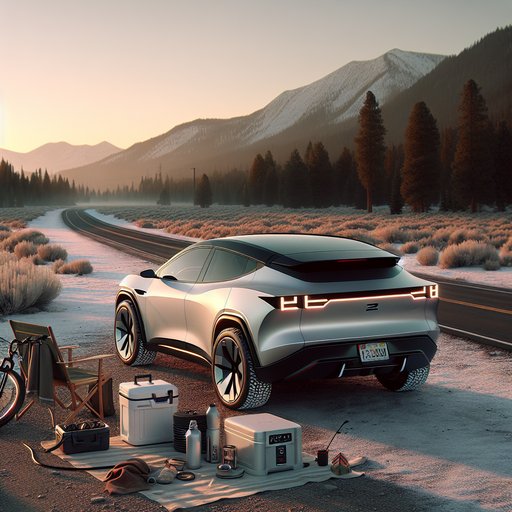
After seven months and 6,800 real-world miles in a dual‑motor Ioniq 5 Limited, here’s how Hyundai’s retro‑futurist EV has handled commuting, winter, road trips, and daily family duty.
My car is the 2024 Hyundai Ioniq 5 Limited AWD: dual motors rated at 320 hp and 446 lb‑ft, a 77.4 kWh battery on an 800‑V architecture, EPA range of 260 miles for this configuration, 11 kW onboard AC charging, and DC fast charging that can peak in the 225–230 kW range. It rides on 20‑inch wheels with 255/45R20 all‑season tires and includes Highway Driving Assist II, a heat pump, and vehicle‑to‑load (V2L) functionality. Testing spanned a Northeast U.S. winter and spring—temperatures from 15°F to 92°F—over mixed suburban commuting, a pair of 300‑mile highway trips, and frequent errands with two child seats.
Charging was ~80% at home on a 48‑amp Level 2 (240 V) EVSE and ~20% on DC fast charging at EA and EVgo sites. I kept the factory all‑seasons through winter; no snow tires. Performance is quietly brisk. Using a GPS timer, the car returned consistent 0–60 mph runs of 4.7–4.9 seconds on warm pavement with a near‑silent launch and clean traction.
The steering is light but accurate, and body control is better than the stance suggests; quick transitions don’t upset it. Those 20‑inch wheels do add busyness over broken pavement, though impacts are never harsh. Brakes inspire confidence with predictable, well‑blended regeneration; i‑Pedal one‑pedal driving works smoothly down to a stop and masks the vehicle’s mass around town. Efficiency and charging have been the bigger story.
My lifetime average sits at 3.1 mi/kWh (about 240 Wh/mi). In cold snaps I saw 2.3–2.6 mi/kWh and 190–210 miles of practical range; in mild weather it improves to 3.4–3.7 mi/kWh and 270–290 miles at 65–70 mph. Best DC fast charge was 10–80% in 19 minutes, typically 21–23 minutes when sites were busy. The pack will precondition when a charger is set in the native nav; in 30°F weather that kept initial rates above 150 kW.
At home, the 11 kW onboard charger adds ~30–32 miles per hour; a 20–80% top‑up after work is easy. Inside, it’s a smart family hauler. The flat floor and sliding rear bench make child‑seat installs painless, and the cargo area handled a stroller plus two carry‑ons with room left. Seats are supportive over long stints, though the headrests angle aggressively for some drivers.
The twin 12.3‑inch screens are responsive, and wired CarPlay/Android Auto have been stable. Highway Driving Assist II holds lane center well and manages cut‑ins smoothly, but it can ping‑pong on poorly painted roads. Minor hiccups: one infotainment soft reset after a frozen camera view, and a charge‑port latch that needed a second press in heavy rain. V2L powered a campsite and a shop vac without issue.
Maintenance and costs have been minimal: a tire rotation at 5,000 miles and a cabin filter swap. After 6,800 miles, the Michelin all‑seasons are wearing evenly with 6–7/32" remaining; brakes show negligible wear. Overall, the Ioniq 5 AWD is a compelling daily EV if you can charge at home and value fast road‑trip charging. If you live on rough roads or chase maximum efficiency, consider a trim with 19‑inch wheels; cold‑climate buyers should seek the heat pump.
Road‑trippers in harsh winters should plan around the expected range hit, but for most use cases, this is an easy, enjoyable electric all‑rounder.












